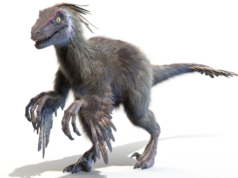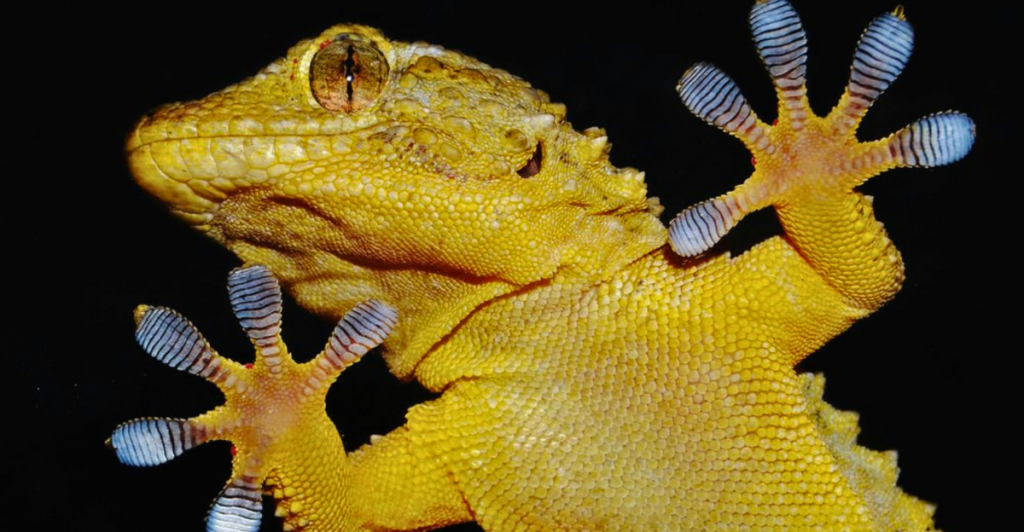
Nature had interesting adaptations long before humans walked the Earth. As we evolved, we looked to nature for inspiration for some of our best inventions. Here are some amazing ways that nature has inspired technology.
Velcro: Nature’s Fastener

Have you ever wondered how Velcro was invented? Well, it took inspiration from the burrs of plants that cling to animal fur. George de Mestral invented Velcro in the 1940s after he saw how hard it was to separate the plant burrs from his dog’s fur. The simple mechanism is now used in many things, including clothing and shoes.
Bullet Train Design: The Kingfisher’s Beak

Engineers in Japan studied the kingfisher bird and how it dives into the water from the air. The beak of the bird inspired them to shape the form of the Shinkansen bullet train after it, leading to better aerodynamics and energy efficiency.
Shark Skin: Reducing Drag
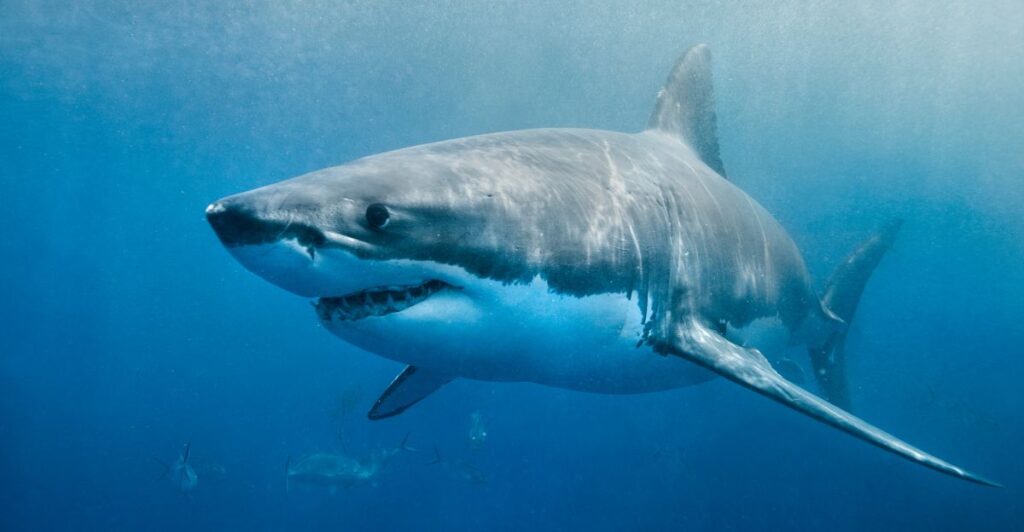
Sharks are masters of their environment, so it’s so wonder that a lot of swimwear has taken inspiration from their unique skin. A shark’s skin has a unique textrue which reduces drag in the water considerably. Even boat hulls have been inspired by this to improve their performance in water.
Spider Silk: Stronger Materials

Spider silk may be one of the more well-known materials from which we’ve taken so much inspiration. These lightweight, synthetic materials that have been developed are exceptionally strong and have aided innovation in medicine and construction.
Termite Mounds: Energy-Efficient Buildings
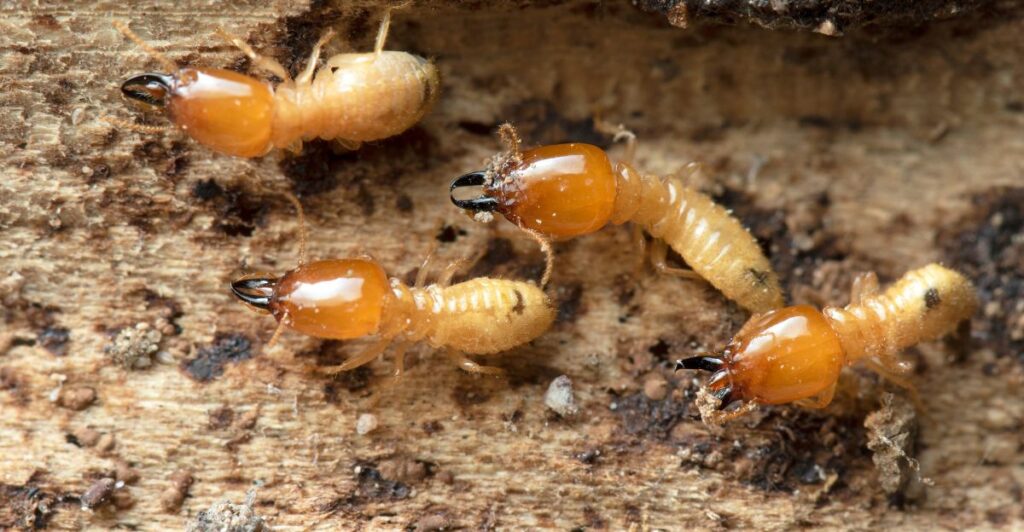
Engineers making the Eastgate Centre in Zimbabwe looked at termite mounds and how stable the temperatures were kept throughout them. They took the design and used this in the building to create natural cooling, despite the high temperatures outside.
Whale Fin Turbines: Enhanced Efficiency
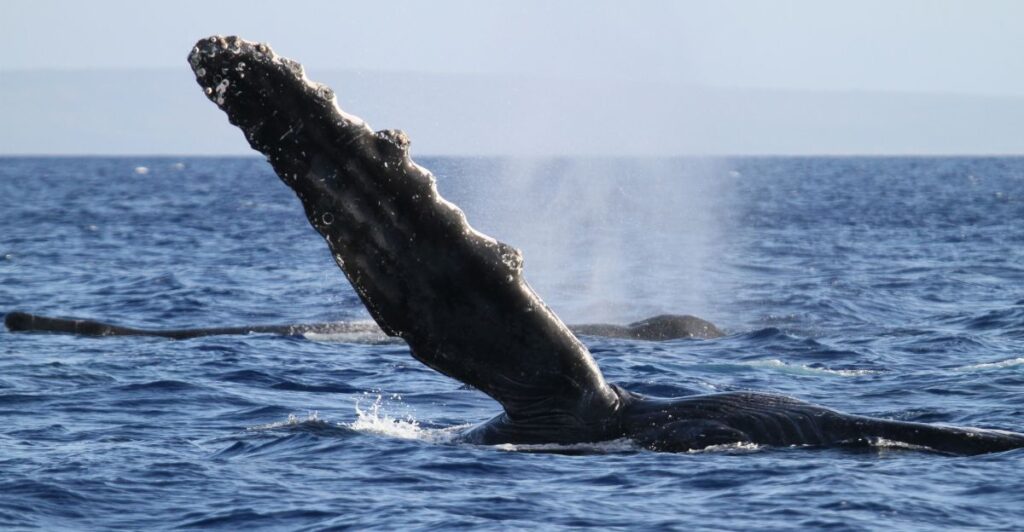
Humpback whale fins are quite unique and have inspired wind turbine blades. Some have been built to mimic the natural features of the whale, which reduce drag through the air. This means that the most effective energy can be gotten from wind power.
Gecko Feet: Adhesive Technologies

Geckos can climb nearly any surface with ease because of their toe pads. They can achieve this because of setae, tiny hair like structures on the bottom of their feet. Adhesives that stick to surfaces without leaving residue have been developed thanks to this inspiring natural design.
Xylem Filtration: Water Purification
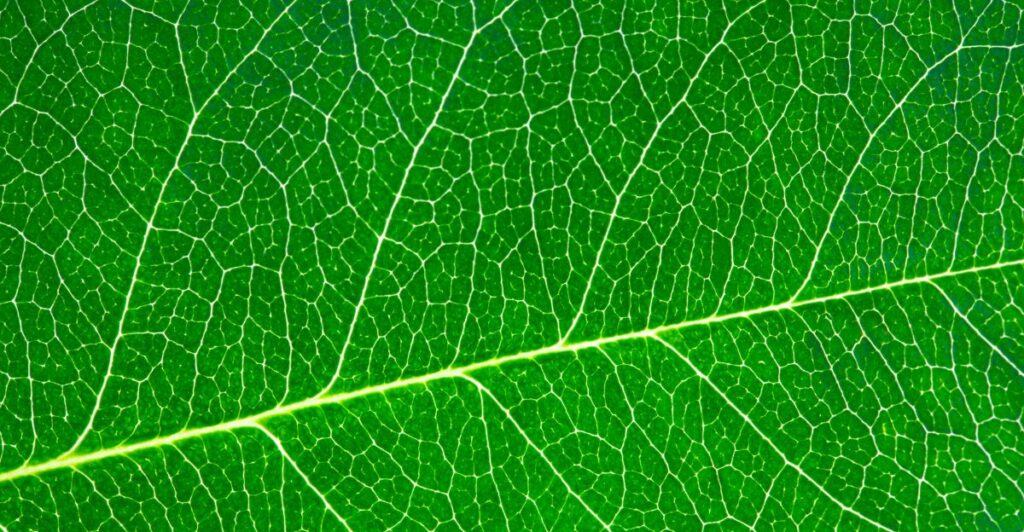
Some low-cost water filtration systems have been inspired by plant xylem tissue. This means that clean drinking water can be processed without the need for expensive filtration systems that some parts of the world can’t afford.
Slime Mold: Efficient Mapping
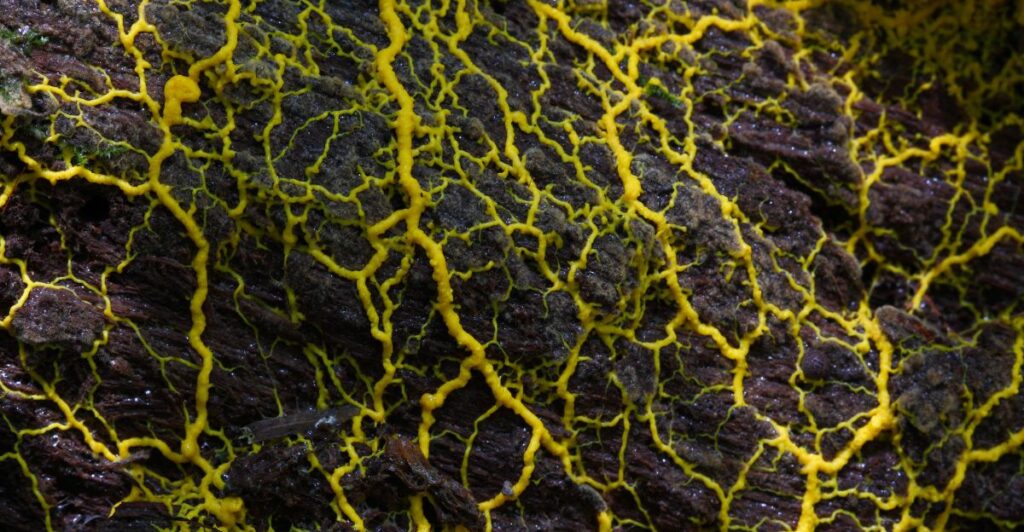
Slime mold has been observed to be able to navigate through complex paths in lab conditions. This has implications for urban planning and infrastructure development. This means that better city designs could be developed thanks to these natural designs.
Lotus Effect: Self-Cleaning Surfaces

The lotus flower is known for its self-cleaning properties due to its unique leaf structure that repels water and dirt. This phenomenon has inspired the creation of self-cleaning surfaces in various products, including paints and textiles, promoting cleanliness and reducing maintenance efforts.
Fog Nets: Water Harvesting
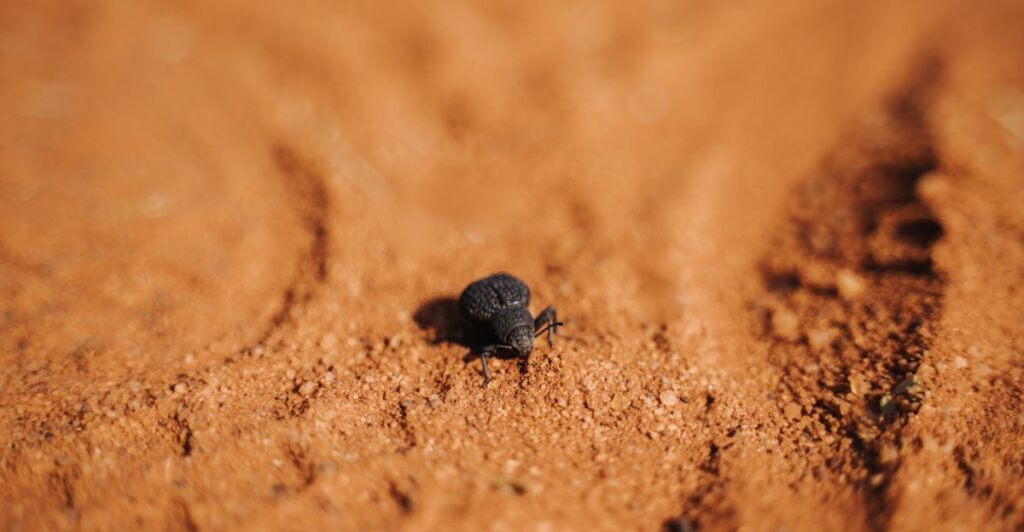
Inspired by the Namib Desert beetle’s ability to collect water from fog, engineers have developed fog nets that capture moisture from the air. These nets provide a sustainable source of drinking water in arid regions, demonstrating how nature’s adaptations can address human needs.
The Future of Nature-Inspired Technology
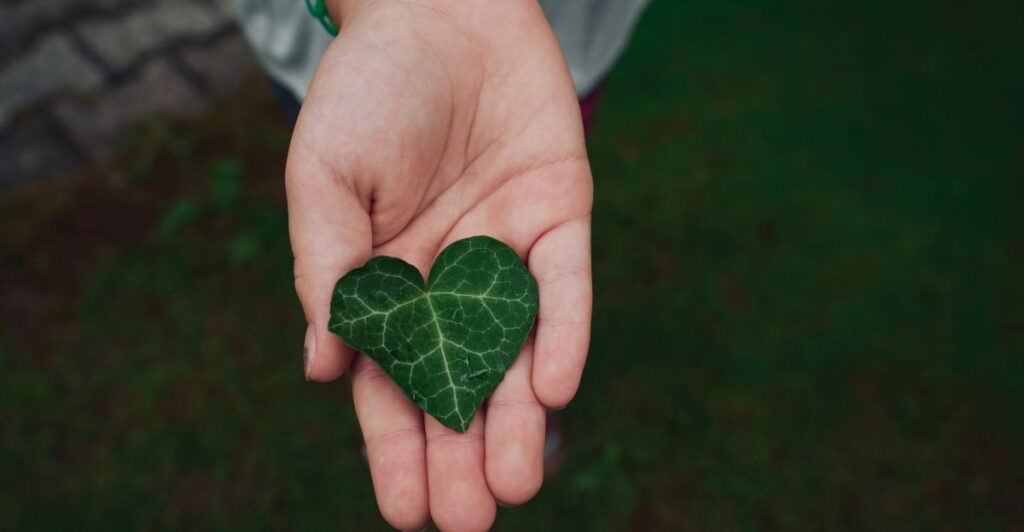
Nature continues to inspire technological advancements across various fields. By studying natural systems and processes, we can develop innovative solutions that promote sustainability and efficiency. As we face global challenges like climate change, looking to nature may provide the answers we need for a better future.
Discover more of our trending stories and follow us to keep them appearing in your feed

Scientists Are Bringing Back The Wooly Mammoth
Monarch Butterfly Set to Join U.S. Endangered Species List
There Will Be Eruptions”: Concerns Mount as Yellowstone Supervolcano Activity Shifts
Scientists Are Exploring The De-Extinction Of Woolly Mammoths And It’s Closer Than We Think
This article first appeared here
Stay connected with us for more stories like this! Follow us to get the latest updates or hit the Follow button at the top of this article, and let us know what you think by leaving your feedback below. We’d love to hear from you!



